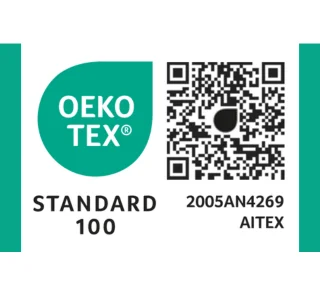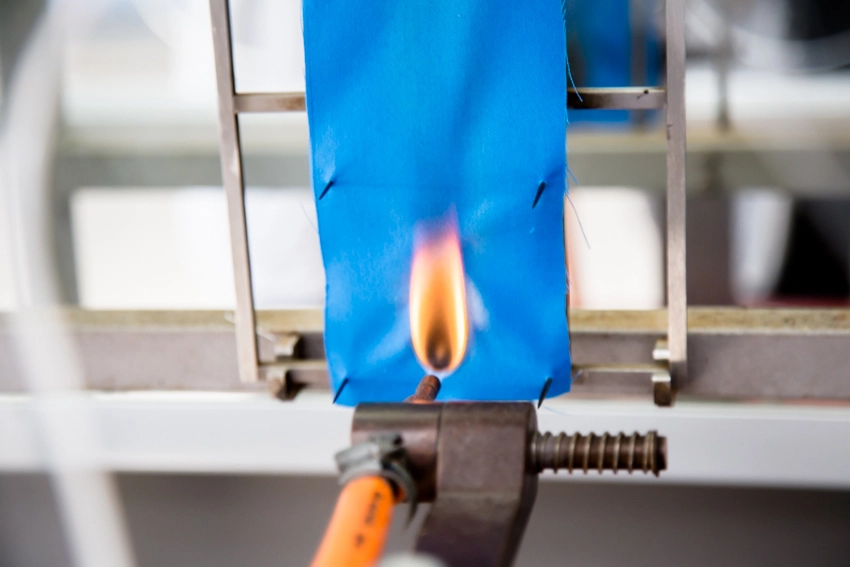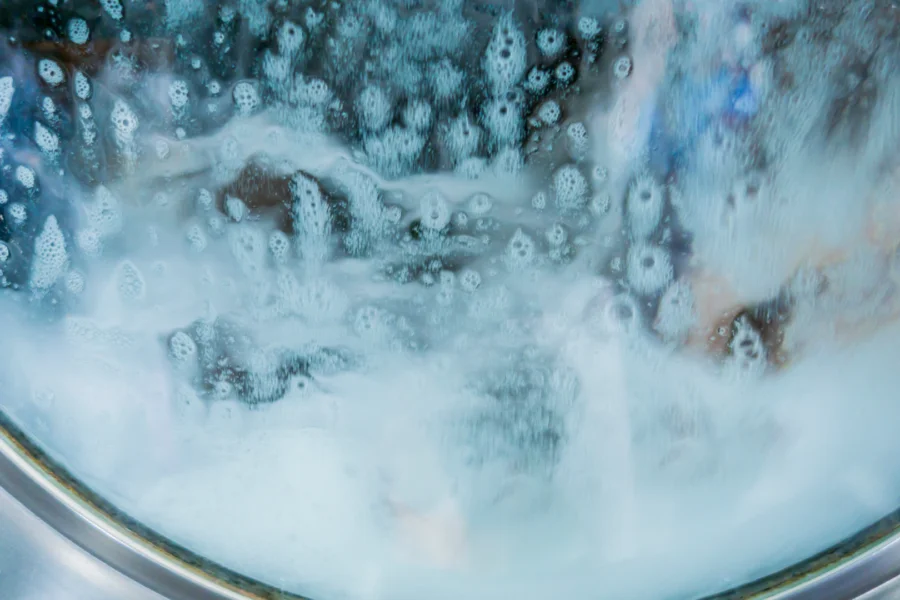How to protect the worker against molten aluminium splashes? Test EN 9185
[social_buttons facebook=”true” google_plus=”true” linkedin=”true”]

Have you ever wondered how is tested the behaviour of a fabric against molten aluminium splashes? If it’s your case, then you’re in the correct place. If not, maybe you will find it interesting. In any case, you will learn something new today!
As you will imagine, the aluminium foundry environment (mainly primary aluminium smelters) is a place full of incandescent objects where a drop of molten aluminium can occur at any time, and believe me, you don’t want to be there if this happens.
Even so, there are people that work in such environments every day, so how can we protect them against the molten metal aluminium splashes and ensure a safe work?
The regulation EN 9185 explains how is performed the test to check if a fabric is suitable to be used to make a PPE that protects the worker against molten aluminium splashes.
The test consists to drop an amount of molten aluminium (where all the measures, distances, angles, materials and temperatures are given by the regulation) and check the behaviour of the fabric. The grams to drop on the fabric of molten aluminium, from low to top are: 100 g to pass D1 / 200 g to pass D2 and 350 g to pass D3.
Also, there is a plastic layer behind the fabric (PVC) that simulates the human skin.
To say that a test has been successful, the “must-to-pass” are:
a) No hot metal stuck on the fabric
b) No flame or ignition of the fabric
c) No after-flame
d) No burns on the PVC film
e) No holes




